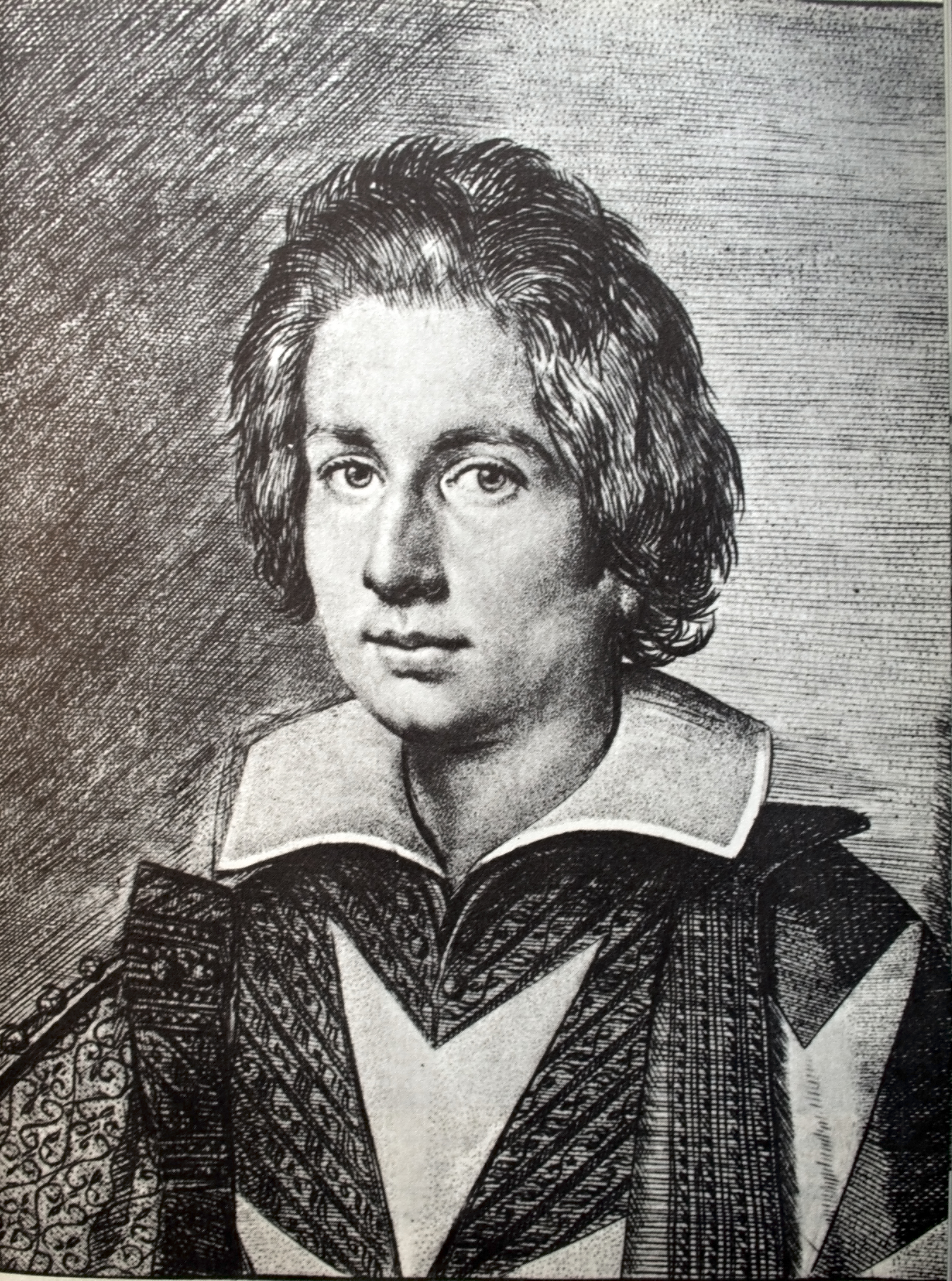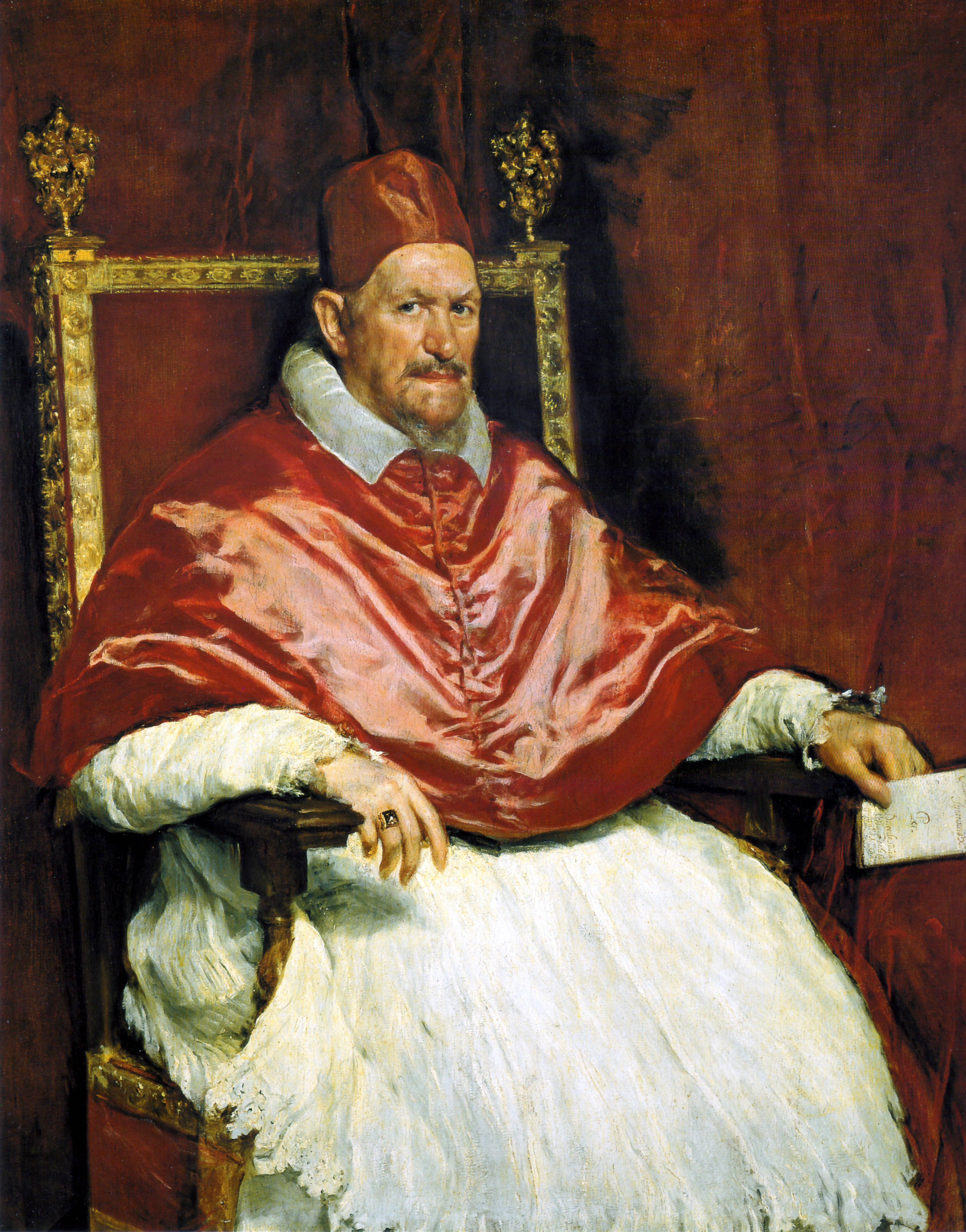|
Antonio Marcello Barberini
Antonio Marcello Barberini, O.F.M. Cap. (18 November 1569 – 11 September 1646) was an Italian cardinal"Antonio (Marcello) Cardinal Barberini (Sr.), O.F.M. Cap." ''''. David M. Cheney. Retrieved August 12, 2016 and the younger brother of Maffeo Barberini, later . He is sometimes referred to as ''Antonio the Elder'' to distinguish him from his nephew |
Antonio Barberini
Antonio Barberini (5 August 1607 – 3 August 1671) was an Italian people, Italian Roman Catholic Church, Catholic Cardinal (Catholicism), cardinal, Roman Catholic Archdiocese of Reims, Archbishop of Reims, military leader, patron of the arts and a prominent member of the Barberini, House of Barberini. As one of the cardinal-nephews of Pope Urban VIII and a supporter of Kingdom of France, France, he played a significant role at a number of the papal conclaves of the 17th century. With his brothers Cardinal Francesco Barberini (seniore), Francesco Barberini and Taddeo Barberini he helped to shape politics, religion, art and music of 17th century Italy. He is sometimes referred to as ''Antonio the Younger'' or ''Antonio Barberini iuniore'' to distinguish him from his uncle Antonio Marcello Barberini. Early life Barberini was born on 5 August 1607 in Rome, the youngest of 6 children to Carlo Barberini (1562-1630), Carlo Barberini and Costanza Magalotti (sister of Lorenzo Magalotti ... [...More Info...] [...Related Items...] OR: [Wikipedia] [Google] [Baidu] |
Bishop Of Corneto E Montefiascone
The diocese of Montefiascone (''Latin Name: Faliscodunensis o Montis Falisci'') was a Catholic ecclesiastical territory in Italy. It was created from the diocese of Bagnorea in 1369. In 1986 was united into the diocese of Viterbo, Acquapendente, Bagnoregio, Montefiascone, Tuscania e San Martino al Monte Cimino."Diocese of Montefiascone" ''''. David M. Cheney. Retrieved February 29, 2016."Titular Episcopal See of Montefiascone" ''GCatholic.org''. Gabriel Chow. Retrieved Febr ... [...More Info...] [...Related Items...] OR: [Wikipedia] [Google] [Baidu] |
Santa Maria Della Concezione Dei Cappuccini
Santa Maria della Concezione dei Cappuccini (Our Lady of the Conception of the Capuchins) is a Roman Catholic church located at Via Vittorio Veneto, 27, just north of the Piazza Barberini, in Rome, Italy. It was designed by architect Felice Antonio Casoni (1559-1634) and architect Michele da Bergamo (?-1641). Pope Urban VIII blessed its first stone on October 4, 1626, after which his Order of Friars Minor Capuchin, Capuchin brother Cardinal Antonio Marcello Barberini began constructing it. Its first mass was held on September 8, 1630 and its construction was completed in 1631. It comprises a small nave and 10 side chapels.Rendina, Claudio (1999). Enciclopedia di Roma. Newton Compton. Artwork The right first chapel has a dramatic altarpiece of ''St. Michael the Archangel Defeating Satan'' (c.1635) by Guido Reni and ''Christ Mocked'' by Gerard van Honthorst. The right second chapel has ''The Transfiguration'' by Mario Balassi and ''Nativity'' (c. 1632) by Giovanni Lanfranco. ... [...More Info...] [...Related Items...] OR: [Wikipedia] [Google] [Baidu] |
Taddeo Barberini
Taddeo Barberini (1603–1647) was an Italian nobleman of the House of Barberini who became Prince of Palestrina and Gonfalonier of the Church; commander of the Papal Army. He was a nephew of Pope Urban VIII and brother of Cardinals Francesco Barberini and Antonio Barberini. Thanks to their uncle's famous nepotism, the brothers shaped 17th-century Italian politics, religion, art, music and architecture. Biography Barberini was born in 1603, the son of Carlo Barberini and Costanza Magalotti. He was the nephew of brothers cardinal Maffeo Barberini (later Pope Urban VIII) and Antonio Marcello Barberini (later also Cardinal) and of Lorenzo Magalotti. He was the brother of Francesco Barberini and Antonio Barberini, both of whom became Cardinals when their uncle became pope. Like his brothers, Taddeo was educated at the ''Collegio Romano''. [...More Info...] [...Related Items...] OR: [Wikipedia] [Google] [Baidu] |
Francesco Barberini (seniore) , Cardinal from 1690
{{DEFAULTSORT:Barberini, Francesco ...
Francesco Barberini may refer to: *Francesco Barberini (d. 1600), uncle of Pope Urban VIII and the subject of the ''Bust of Francesco Barberini'' *Francesco Barberini (1597–1679), Cardinal-nephew of Pope Urban VIII from 1623 *Francesco Barberini (1662–1738) Francesco Barberini, iuniore (12 November 1662 – 17 August 1738) was an Italian Cardinal of the family of Pope Urban VIII (1623–1644) and of the ''Princes of Palestrina''. Biography He was born in Rome, the eldest son of Maffeo Barberini a ... [...More Info...] [...Related Items...] OR: [Wikipedia] [Google] [Baidu] |
Wars Of Castro
The Wars of Castro were a series of conflicts during the mid-17th century revolving around the ancient city of Castro (located in present-day Lazio, Italy), which eventually resulted in the city's destruction on 2 September 1649. The conflict was a result of a power struggle between the papacy – represented by members of two deeply entrenched Roman families and their popes, the Barberini and Pope Urban VIII and the Pamphili and Pope Innocent X – and the Farnese dukes of Parma, who controlled Castro and its surrounding territories as the Duchy of Castro. Precursors Papal politics of the mid-17th century were complicated, with frequently shifting military and political alliances across the Catholic world. While it is difficult to trace the precise origins of the feud between the duchy of Parma and the papacy, its origins can be looked for in political maneuverings occurring in the years or even decades preceding the start of military action. In 1611 a group of conspirator ... [...More Info...] [...Related Items...] OR: [Wikipedia] [Google] [Baidu] |
Pope Innocent X
Pope Innocent X ( la, Innocentius X; it, Innocenzo X; 6 May 1574 – 7 January 1655), born Giovanni Battista Pamphilj (or Pamphili), was head of the Catholic Church and ruler of the Papal States from 15 September 1644 to his death in January 1655. Born in Rome of a family from Gubbio in Umbria who had come to Rome during the pontificate of Pope Innocent IX, Pamphili was trained as a lawyer and graduated from the Collegio Romano. He followed a conventional ''cursus honorum'', following his uncle Girolamo Pamphili as auditor of the Rota, and like him, attaining the position of cardinal-priest of Sant'Eusebio. Before becoming pope, Pamphili served as a papal diplomat to Naples, France, and Spain. Pamphili succeeded Pope Urban VIII (1623–44) on 15 September 1644 as Pope Innocent X, after a contentious papal conclave that featured a rivalry between French and Spanish factions. Innocent X was one of the most politically shrewd pontiffs of the era, greatly increasing the tempor ... [...More Info...] [...Related Items...] OR: [Wikipedia] [Google] [Baidu] |
Papal Conclave, 1623
The 1623 papal conclave was convened on the death of Pope Gregory XV and ended with the election of Cardinal Maffeo Barberini as Pope Urban VIII. It was the first conclave to take place after the reforms that Gregory XV issued in his 1621 bull ''Aeterni Patris Filius''. Background After his election, Gregory XV had reformed the papal conclave system with his bull ''Aeterni Patris Filius'' of 1621, which was intended to streamline the conclave process, and this was the first papal election to follow these reforms. Following the 1605 conclaves, papal elections had become standardized despite not being hereditary. The typical pope during the 200 years following Paul V's election that year was around seventy and had been a cardinal for a decade after a career as a canon lawyer. Popes typically came from the second-tier nobility of Rome or the Papal States. Conclave Fifty-four cardinals participated in the conclave following the death of Gregory XV. Among them were four Spanish cardi ... [...More Info...] [...Related Items...] OR: [Wikipedia] [Google] [Baidu] |
Camerlengo Of The Sacred College Of Cardinals
The Camerlengo of the Sacred College of Cardinals was the treasurer of the College of Cardinals in the Catholic Church. The title is based on an Italian word for chamberlain, a word no longer used in secular contexts. The position existed from at least 1272 until 1997, when it was allowed to lapse. The Camerlengo administered all property, fees, funds and revenue belonging to the College of Cardinals, celebrated the requiem mass for a deceased cardinal and was charged with the registry of the '' Acta Consistoralia''. It is believed that the post was created by Pope Eugene III in 1150, but there is no documentary proof of its existence before the pontificate of Pope Innocent III, or perhaps even before the year 1272. List of Camerlengos of the Sacred College of Cardinals 1198 to 1439 * Cencio Savelli (1198–1216) *(1217–1271 – no information found) *Guillaume de Bray (1272–1282) *(1283–1287 no information found) * Pietro Peregrosso (1288–1295) *Hugh Aycelin (1295–1 ... [...More Info...] [...Related Items...] OR: [Wikipedia] [Google] [Baidu] |
Grand Penitentiary
The Apostolic Penitentiary (), formerly called the Supreme Tribunal of the Apostolic Penitentiary, is a dicastery of the Roman Curia and is one of the three ordinary tribunals of the Apostolic See. The Apostolic Penitentiary is chiefly a tribunal of mercy, responsible for issues relating to the forgiveness of sins in the Catholic Church. The Apostolic Penitentiary has jurisdiction only over matters in the internal forum. Its work falls mainly into these categories: * the absolution of excommunications ''latæ sententiæ'' reserved to the Holy See * the dispensation of sacramental impediments reserved to the Holy See * the issuance and governance of indulgences. The head of the Apostolic Penitentiary, the Major Penitentiary, is one of the few Vatican officials who retain their positions ''sede vacante''. If the Major Penitentiary is a cardinal elector he is one of only three persons in the conclave allowed to communicate with those outside the conclave, so that he can conti ... [...More Info...] [...Related Items...] OR: [Wikipedia] [Google] [Baidu] |
Roman Inquisition
The Roman Inquisition, formally the Supreme Sacred Congregation of the Roman and Universal Inquisition, was a system of partisan tribunals developed by the Holy See of the Roman Catholic Church, during the second half of the 16th century, responsible for prosecuting individuals accused of a wide array of crimes according to Roman Catholic law and doctrine, relating to catholic religious life or alternative religious or secular beliefs. It was established in 1542 by the leader of the Roman Catholic Church, Pope Paul III. In the period after the Medieval Inquisition, it was one of three different manifestations of the wider Catholic Inquisition along with the Spanish Inquisition and Portuguese Inquisition. Function and functioning Main function of the institution was to maintain and implement papal bulls and other church rulings, in addition to their function of administering legalistic ramifications upon deviants of Catholic orthodoxy within states that cooperated with the pope ... [...More Info...] [...Related Items...] OR: [Wikipedia] [Google] [Baidu] |
Bishop Of Ripatransone
The Italian Catholic Diocese of San Benedetto del Tronto-Ripatransone-Montalto ( la, Dioecesis Sancti Benedicti ad Truentum-Ripana-Montis Alti) in the Marche, has existed in its current form since 1986. In that year the Diocese of Montalto was united into the Diocese of Ripatransone-San Benedetto del Tronto, which was the renamed historical Diocese of Ripatransone (as of 1983). The Roman Catholic Diocese of San Benedetto del Tronto-Ripatransone-Montalto has been a suffragan see of the Roman Catholic Archdiocese of Fermo since 1680."Diocese of San Benedetto del Tronto-Ripatransone-Montalto" ''''. David M. Cheney. ... [...More Info...] [...Related Items...] OR: [Wikipedia] [Google] [Baidu] |




